Abdurrahman Elmaghbub
Domain-Agnostic Hardware Fingerprinting-Based Device Identifier for Zero-Trust IoT Security
Feb 08, 2024Abstract:Next-generation networks aim for comprehensive connectivity, interconnecting humans, machines, devices, and systems seamlessly. This interconnectivity raises concerns about privacy and security, given the potential network-wide impact of a single compromise. To address this challenge, the Zero Trust (ZT) paradigm emerges as a key method for safeguarding network integrity and data confidentiality. This work introduces EPS-CNN, a novel deep-learning-based wireless device identification framework designed to serve as the device authentication layer within the ZT architecture, with a focus on resource-constrained IoT devices. At the core of EPS-CNN, a Convolutional Neural Network (CNN) is utilized to generate the device identity from a unique RF signal representation, known as the Double-Sided Envelope Power Spectrum (EPS), which effectively captures the device-specific hardware characteristics while ignoring device-unrelated information. Experimental evaluations show that the proposed framework achieves over 99%, 93%, and 95% testing accuracy when tested in same-domain (day, location, and channel), cross-day, and cross-location scenarios, respectively. Our findings demonstrate the superiority of the proposed framework in enhancing the accuracy, robustness, and adaptability of deep learning-based methods, thus offering a pioneering solution for enabling ZT IoT device identification.
HiNoVa: A Novel Open-Set Detection Method for Automating RF Device Authentication
May 16, 2023Abstract:New capabilities in wireless network security have been enabled by deep learning, which leverages patterns in radio frequency (RF) data to identify and authenticate devices. Open-set detection is an area of deep learning that identifies samples captured from new devices during deployment that were not part of the training set. Past work in open-set detection has mostly been applied to independent and identically distributed data such as images. In contrast, RF signal data present a unique set of challenges as the data forms a time series with non-linear time dependencies among the samples. We introduce a novel open-set detection approach based on the patterns of the hidden state values within a Convolutional Neural Network (CNN) Long Short-Term Memory (LSTM) model. Our approach greatly improves the Area Under the Precision-Recall Curve on LoRa, Wireless-WiFi, and Wired-WiFi datasets, and hence, can be used successfully to monitor and control unauthorized network access of wireless devices.
ADL-ID: Adversarial Disentanglement Learning for Wireless Device Fingerprinting Temporal Domain Adaptation
Jan 29, 2023Abstract:As the journey of 5G standardization is coming to an end, academia and industry have already begun to consider the sixth-generation (6G) wireless networks, with an aim to meet the service demands for the next decade. Deep learning-based RF fingerprinting (DL-RFFP) has recently been recognized as a potential solution for enabling key wireless network applications and services, such as spectrum policy enforcement and network access control. The state-of-the-art DL-RFFP frameworks suffer from a significant performance drop when tested with data drawn from a domain that is different from that used for training data. In this paper, we propose ADL-ID, an unsupervised domain adaption framework that is based on adversarial disentanglement representation to address the temporal domain adaptation for the RFFP task. Our framework has been evaluated on real LoRa and WiFi datasets and showed about 24% improvement in accuracy when compared to the baseline CNN network on short-term temporal adaptation. It also improves the classification accuracy by up to 9% on long-term temporal adaptation. Furthermore, we release a 5-day, 2.1TB, large-scale WiFi 802.11b dataset collected from 50 Pycom devices to support the research community efforts in developing and validating robust RFFP methods.
Uncovering the Portability Limitation of Deep Learning-Based Wireless Device Fingerprints
Nov 14, 2022Abstract:Recent device fingerprinting approaches rely on deep learning to extract device-specific features solely from raw RF signals to identify, classify and authenticate wireless devices. One widely known issue lies in the inability of these approaches to maintain good performances when the training data and testing data are collected under varying deployment domains. For example, when the learning model is trained on data collected from one receiver but tested on data collected from a different receiver, the performance degrades substantially compared to when both training and testing data are collected using the same receiver. The same also happens when considering other varying domains, like channel condition and protocol configuration. In this paper, we begin by explaining, through testbed experiments, the challenges these fingerprinting techniques face when it comes to domain portability. We will then present some ideas on how to go about addressing these challenges so as to make deep learning-based device fingerprinting more resilient to domain variability.
ProSky: NEAT Meets NOMA-mmWave in the Sky of 6G
Oct 13, 2022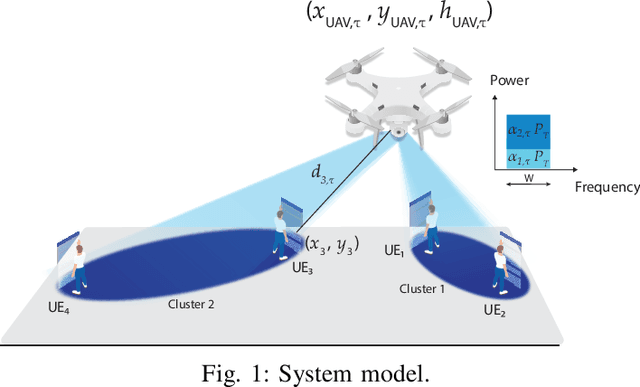
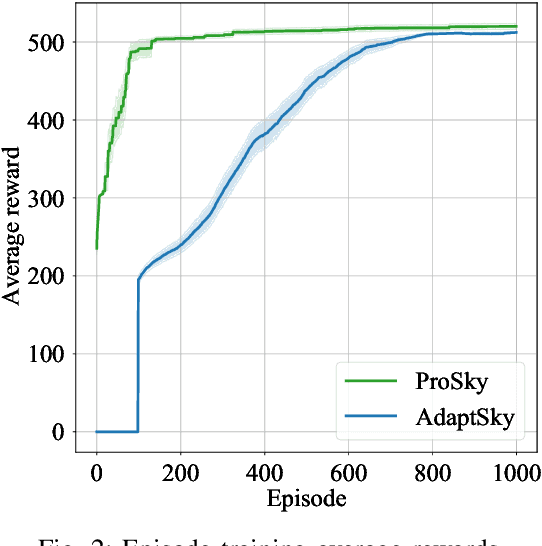
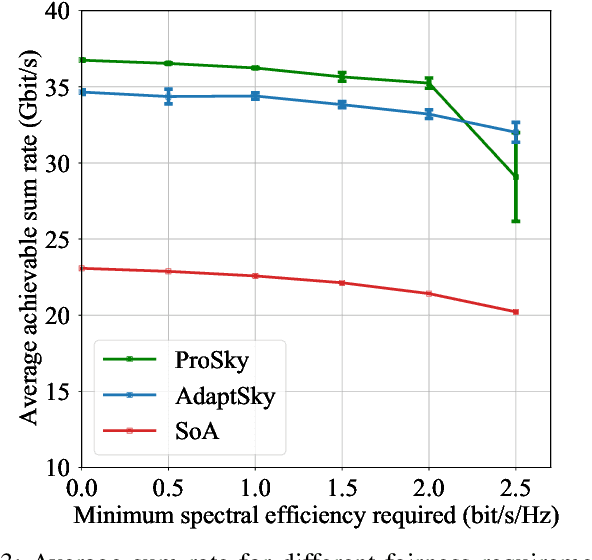
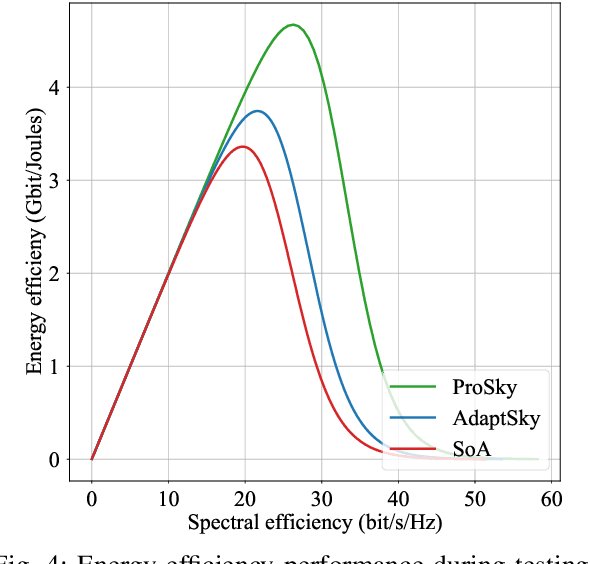
Abstract:Rendering to their abilities to provide ubiquitous connectivity, flexibly and cost effectively, unmanned aerial vehicles (UAVs) have been getting more and more research attention. To take the UAVs' performance to the next level, however, they need to be merged with some other technologies like non-orthogonal multiple access (NOMA) and millimeter wave (mmWave), which both promise high spectral efficiency (SE). As managing UAVs efficiently may not be possible using model-based techniques, another key innovative technology that UAVs will inevitably need to leverage is artificial intelligence (AI). Designing an AI-based technique that adaptively allocates radio resources and places UAVs in 3D space to meet certain communication objectives, however, is a tough row to hoe. In this paper, we propose a neuroevolution of augmenting topologies NEAT framework, referred to as ProSky, to manage NOMA-mmWave-UAV networks. ProSky exhibits a remarkable performance improvement over a model-based method. Moreover, ProSky learns 5.3 times faster than and outperforms, in both SE and energy efficiency EE while being reasonably fair, a deep reinforcement learning DRL based scheme. The ProSky source code is accessible to use here: https://github.com/Fouzibenfaid/ProSky
Deep-Learning-Based Device Fingerprinting for Increased LoRa-IoT Security: Sensitivity to Network Deployment Changes
Aug 31, 2022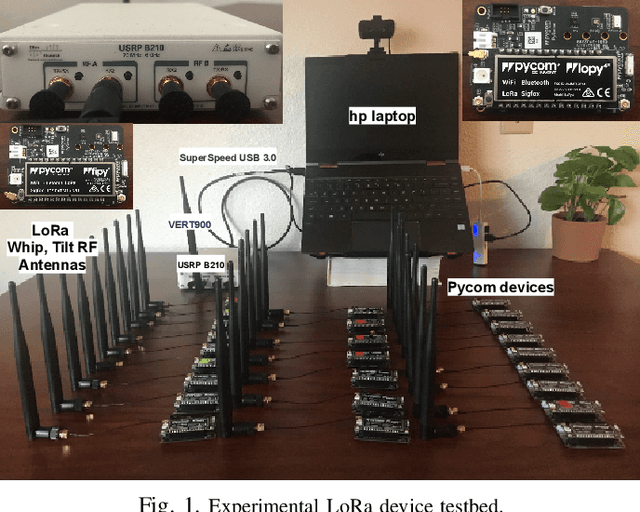
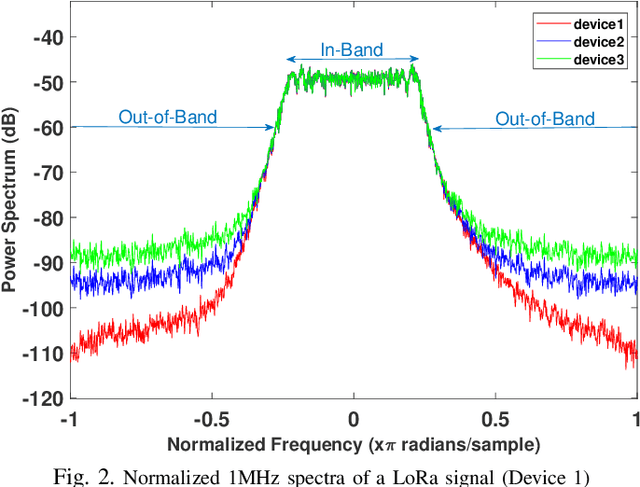
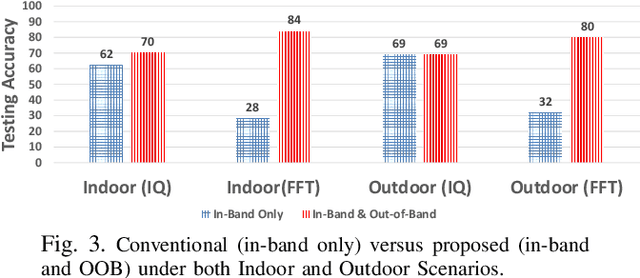

Abstract:Deep-learning-based device fingerprinting has recently been recognized as a key enabler for automated network access authentication. Its robustness to impersonation attacks due to the inherent difficulty of replicating physical features is what distinguishes it from conventional cryptographic solutions. Although device fingerprinting has shown promising performances, its sensitivity to changes in the network operating environment still poses a major limitation. This paper presents an experimental framework that aims to study and overcome the sensitivity of LoRa-enabled device fingerprinting to such changes. We first begin by describing RF datasets we collected using our LoRa-enabled wireless device testbed. We then propose a new fingerprinting technique that exploits out-of-band distortion information caused by hardware impairments to increase the fingerprinting accuracy. Finally, we experimentally study and analyze the sensitivity of LoRa RF fingerprinting to various network setting changes. Our results show that fingerprinting does relatively well when the learning models are trained and tested under the same settings. However, when trained and tested under different settings, these models exhibit moderate sensitivity to channel condition changes and severe sensitivity to protocol configuration and receiver hardware changes when IQ data is used as input. However, with FFT data is used as input, they perform poorly under any change.
An Analysis of Complex-Valued CNNs for RF Data-Driven Wireless Device Classification
Feb 20, 2022

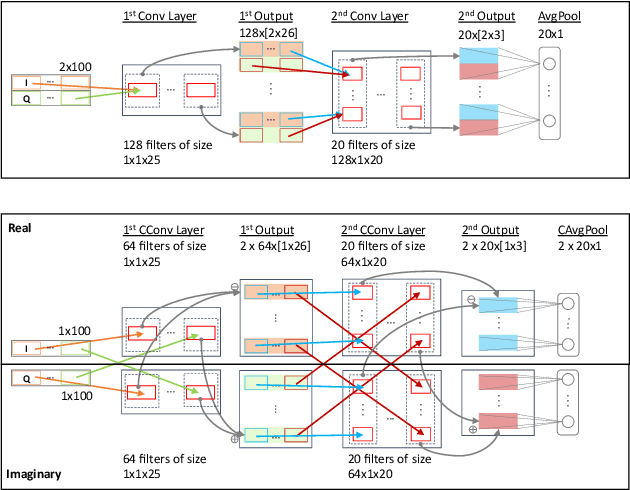

Abstract:Recent deep neural network-based device classification studies show that complex-valued neural networks (CVNNs) yield higher classification accuracy than real-valued neural networks (RVNNs). Although this improvement is (intuitively) attributed to the complex nature of the input RF data (i.e., IQ symbols), no prior work has taken a closer look into analyzing such a trend in the context of wireless device identification. Our study provides a deeper understanding of this trend using real LoRa and WiFi RF datasets. We perform a deep dive into understanding the impact of (i) the input representation/type and (ii) the architectural layer of the neural network. For the input representation, we considered the IQ as well as the polar coordinates both partially and fully. For the architectural layer, we considered a series of ablation experiments that eliminate parts of the CVNN components. Our results show that CVNNs consistently outperform RVNNs counterpart in the various scenarios mentioned above, indicating that CVNNs are able to make better use of the joint information provided via the in-phase (I) and quadrature (Q) components of the signal.
Comprehensive RF Dataset Collection and Release: A Deep Learning-Based Device Fingerprinting Use Case
Jan 06, 2022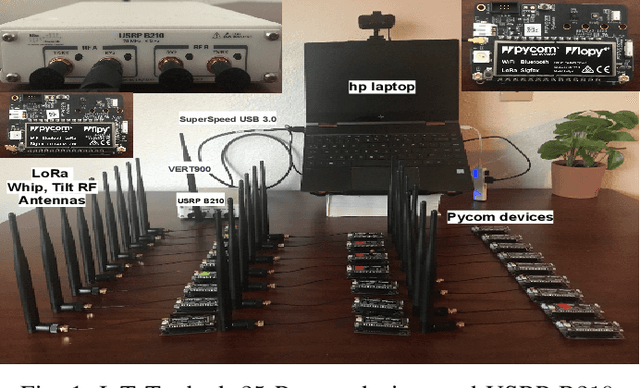

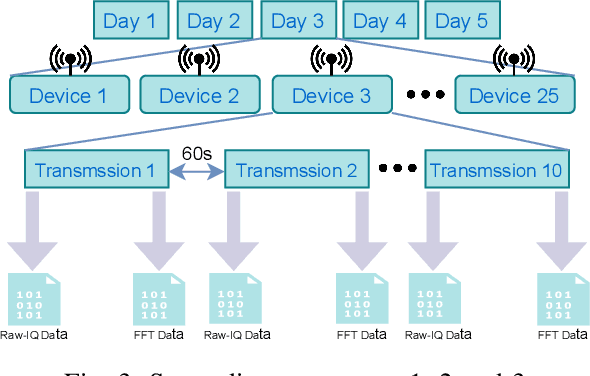
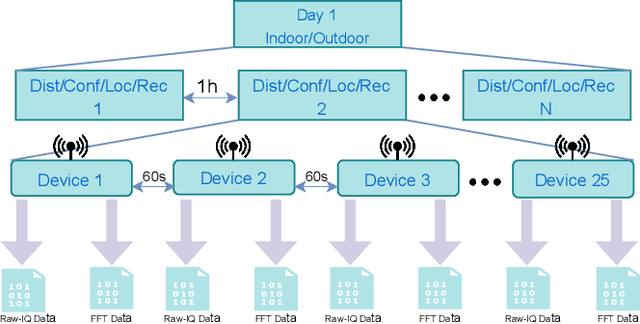
Abstract:Deep learning-based RF fingerprinting has recently been recognized as a potential solution for enabling newly emerging wireless network applications, such as spectrum access policy enforcement, automated network device authentication, and unauthorized network access monitoring and control. Real, comprehensive RF datasets are now needed more than ever to enable the study, assessment, and validation of newly developed RF fingerprinting approaches. In this paper, we present and release a large-scale RF fingerprinting dataset, collected from 25 different LoRa-enabled IoT transmitting devices using USRP B210 receivers. Our dataset consists of a large number of SigMF-compliant binary files representing the I/Q time-domain samples and their corresponding FFT-based files of LoRa transmissions. This dataset provides a comprehensive set of essential experimental scenarios, considering both indoor and outdoor environments and various network deployments and configurations, such as the distance between the transmitters and the receiver, the configuration of the considered LoRa modulation, the physical location of the conducted experiment, and the receiver hardware used for training and testing the neural network models.
 Add to Chrome
Add to Chrome Add to Firefox
Add to Firefox Add to Edge
Add to Edge